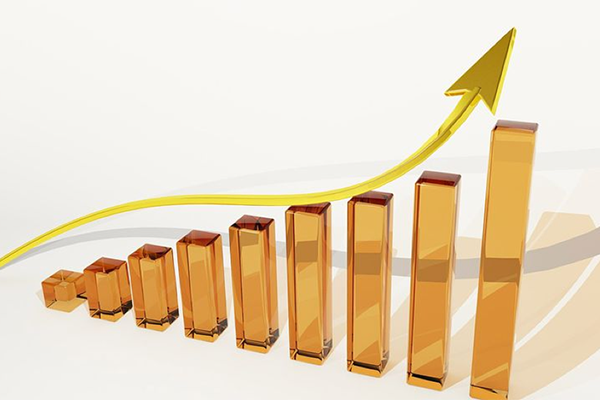
File photo
Pakistan’s inflation climbed to 38 percent—the highest recorded since data gathering started in July 1965—on a year-on-year basis in May, according to the Pakistan Bureau of Statistics (PBS), which attributed it to unending hikes to the costs of food, utilities, transport and house rents.
At the same time, the PBS data showed a moderate inflationary increase of 1.6 percent month-to-month from April to May 2023, compared to 2.4 percent last month and 3.6 percent the month before that. The official information also showed that inflation was much higher in rural than urban areas. According to the PBS, food inflation in urban areas jumped by 48.1% in May 2023 compared to May 2022, while rural areas saw a 52.4% increase in prices during the same time period. Non-food inflation in urban areas was recorded at 26.6%, and 32.5% in rural areas. Core inflation, which does not include food or energy, was recorded at 20 percent in urban areas and 26.9% in rural areas.
Earlier, the Finance Ministry had projected inflation 34-36 percent for May 2023, year-on-year.
In terms of weightage, the highest contributor to the CPI for May was food (34.58%), housing, fuel and utilities (23.63%), clothing (8.6%), restaurants and hotels (6.92%), and transport (5.91%). Overall, average inflation for the ongoing fiscal year has reached 29.2%.
On a weekly basis, the sensitive price index (SPI), which assesses the price movement of 51 essential commodities collected from 50 markets in 17 cities, increased by 0.03%, primarily due to food prices. Among the items facing the highest inflation were onions (7.31%), potatoes (2.89%), and chicken (2.87%), while among the items that saw price decreases were LPG (4.46%), wheat flour (4.06%), bananas (4.04%), and petrol. Overall, per the PBS, prices of 19 of the 51 items measures increased, 14 decreased, and 18 remained unchanged.
Pakistan’s inflation has been on an unending upwards spiral since the government implemented a series of harsh measures in a bid to unlock a stalled IMF bailout that remains suspended. In addition to increasing the prices of virtually all utilities, the government also triggered massive rupee depreciation, which has significantly impacted food and fuel prices.
